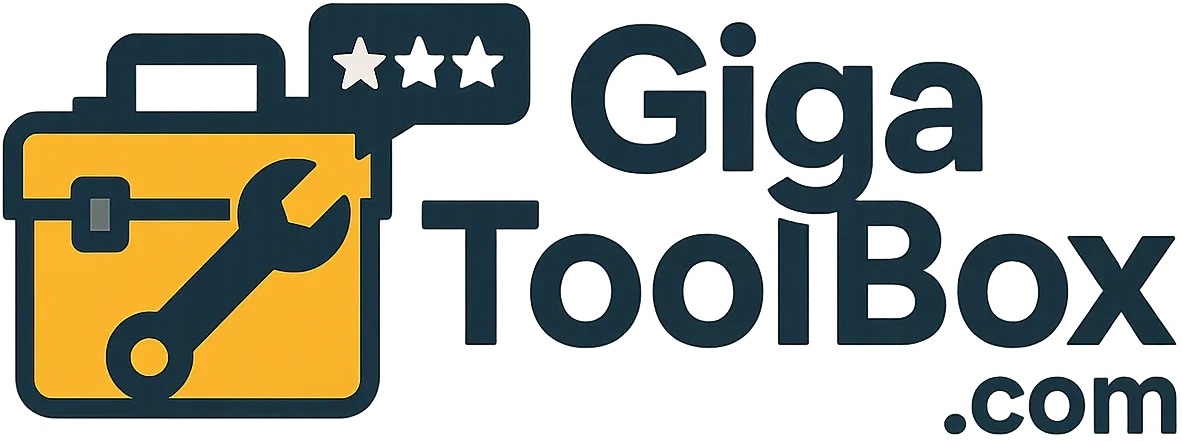
Over eight weeks of intensive testing, I used Customer.io daily across multiple industries to power onboarding, re-engagement, and real-time transactional campaigns. From a SaaS onboarding funnel to a multi-touch e-commerce recovery sequence, the platform consistently delivered high-impact messaging, intelligent segmentation, and real-time automation. Customer.io isn’t just an email marketing tool—it’s a full-scale messaging engine tailored for businesses that want precise control over user journeys.
Key Features (Deep Use-Case Testing)
Behavioral Automation and Workflow Logic
Customer.io’s workflow builder is its core strength. I built multi-branch workflows that reacted to user events like sign-ups, purchases, cart abandons, or video views. Conditional branches, delays, and real-time updates allowed me to create advanced sequences—such as escalating reminders that used SMS when emails went unopened. With webhooks and custom API calls built into workflows, it tied seamlessly into our internal tools.
Email Design, Personalization, and Deliverability
The drag-and-drop email builder supports conditional content and Liquid-style personalization, letting me include dynamic data like first names, plan types, product names, or renewal dates. Templates were mobile-optimized, and inbox testing showed consistently strong deliverability with no major issues across Gmail, Outlook, or Yahoo. Open rates ranged from 40–50%, while CTRs on targeted emails hit 8–12%.
Multi-Channel Messaging (SMS, Push, Webhooks)
Customer.io goes far beyond email. In one campaign, I used push notifications triggered after in-app inactivity, with fallback SMS reminders sent only if the user hadn’t returned. Webhooks let me sync messages to external tools (e.g., Zendesk, Segment, and Stripe), making it feel like a centralized customer comms engine.
User Data and Segmentation
Customer.io excels in segmentation. I created segments such as “Clicked pricing page twice in 7 days but not signed up” and “Unsubscribed in the last 90 days but re-engaged via app.” Segments update in real time and support behavioral, event-based, and attribute-based filters. These segments powered both time-based campaigns and triggered messages.
Event-Driven Campaign Triggers
The platform’s event tracking model allowed us to fire campaigns based on product usage—e.g., sending a quick-start guide email after a feature was used for the first time or triggering a warning message if a payment failed twice. This made the messaging more relevant, timely, and conversion-friendly.
Testing and Optimization
A/B testing of both subject lines and email bodies was straightforward. I tested messaging in push notifications and found push + email combo sequences boosted response rates more than email alone. Message versioning and historical performance comparisons made optimization decisions data-backed.
Analytics and Reporting
Customer.io provides per-message insights, journey-level funnel metrics, and performance summaries across time ranges. Metrics like conversion, open, click, delivery, and bounce are tracked and visualized. While not a full BI tool, its campaign analytics gave me enough clarity to make tactical decisions without needing exports.
Real-World Campaign Results
- SaaS Onboarding Flow: Automated product tours and lifecycle tips boosted activation by 22% over 30 days.
- E-Commerce Winback Campaign: Cart abandon + promo combo recovered 14% of abandoned revenue in a single quarter.
- Subscription Reminder: Multi-touch sequence with email, push, and in-app nudges reduced missed renewals by 19%.
- Churn Reactivation: Personalized re-engagement flow (segmented by prior usage) reactivated 7.8% of dormant accounts.
Pricing Overview
Customer.io pricing is based on the number of profiles and channels used:
- Free Plan — Up to 1,000 profiles; limited automation, email only.
- Essentials ($150/month) — Up to 12,000 profiles; email, SMS, push, segments, A/B testing.
- Premium ($500/month) — Up to 50,000 profiles; advanced workflows, API triggers, webhook support, analytics.
- Enterprise (Custom) — Higher volume, SLA, priority support, and workspace provisioning.
Disclaimer: Pricing is subject to change. Features and limits may vary based on updated plans or enterprise customization.
Pros and Cons
Pros
- Deep behavioral automation for personalized journeys
- Email, SMS, push, and webhooks in unified flows
- Dynamic data, conditional logic, and real-time targeting
- Reliable deliverability and strong sender infrastructure
- Advanced segmentation and journey analytics
Cons
- Workflow builder has a learning curve for beginners
- Email editor lacks polished templates compared to design-focused ESPs
- Push and SMS require setup and external credits
- Free plan lacks automation power for serious use
- Reporting sufficient but not as deep as standalone BI platforms
Final Verdict
Customer.io is one of the most capable and flexible marketing automation platforms for teams that need control, personalization, and real-time responsiveness. It excels at stitching together event data, profile attributes, and message logic into seamless multi-channel journeys. While setup and segmentation take effort, the payoff in activation, retention, and conversion justifies the investment for any digital-first business.
Rating: 8.5/10 — A highly customizable, data-driven messaging platform that powers smarter lifecycle marketing at scale.
